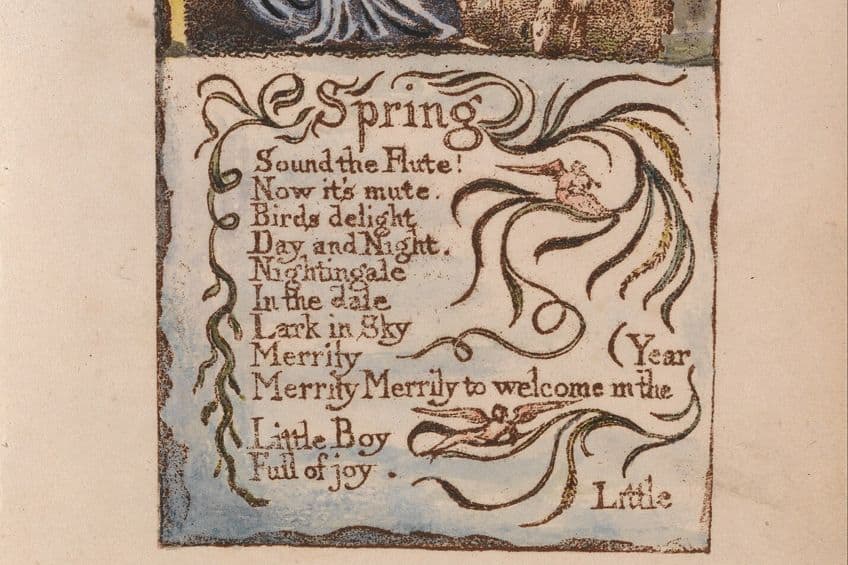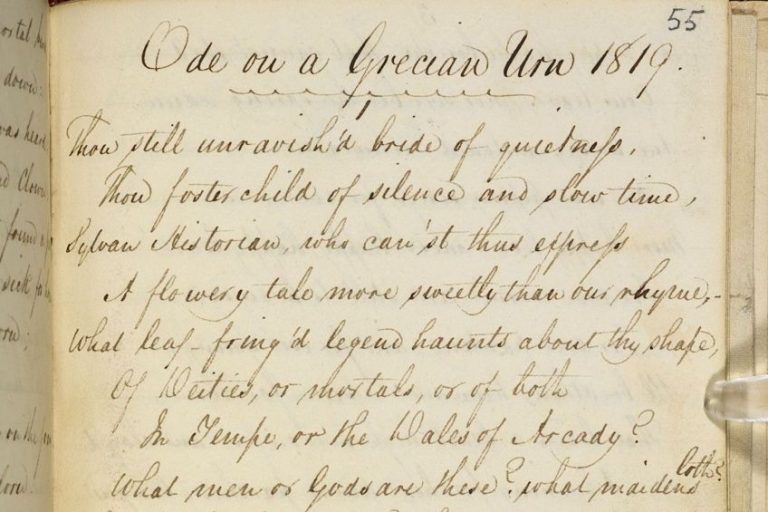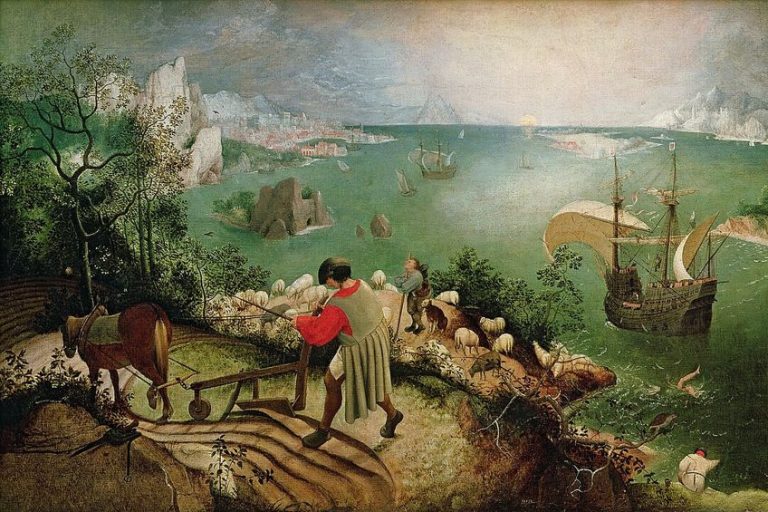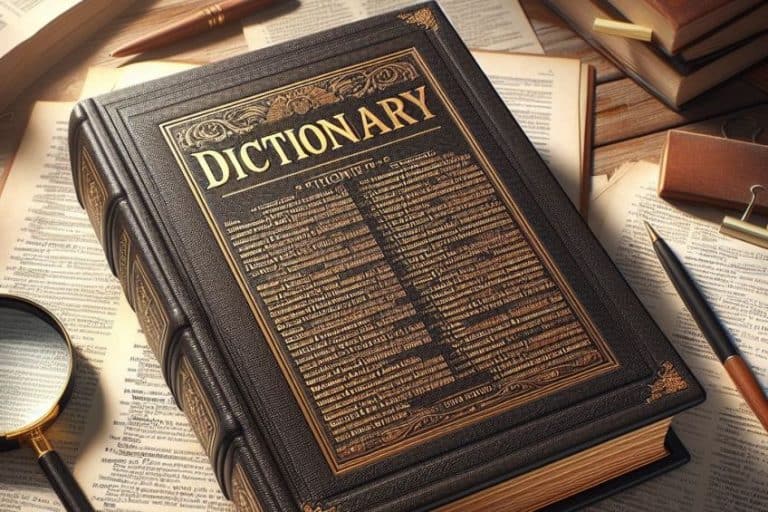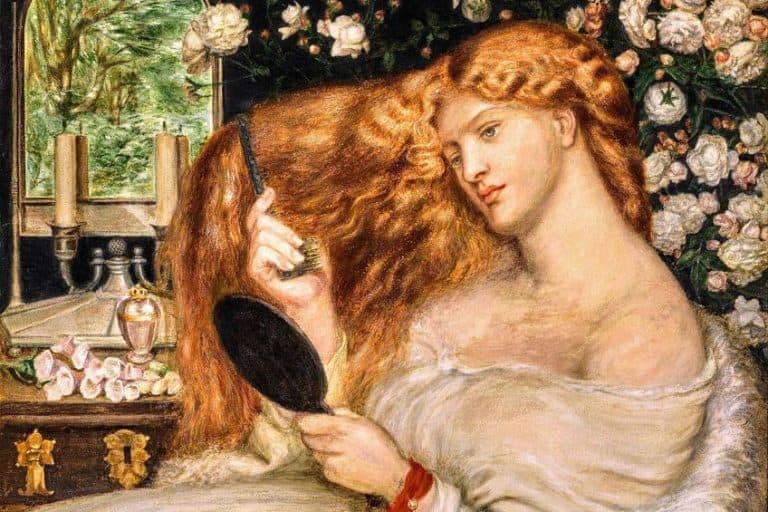Spring Poems – Celebrating the Birth of New Life With Poetry
There are poems about every topic under the sun, and one of those topics just so happens to be spring. Today, we’ll peruse a list of 10 different spring poems. Each of these poems are by a different poet and approaches the topic in some different way from one another. If you want to see how a number of different poets have approached the concept of springtime, then this may be just for you!
A Few Spring Poems
What can be said about spring poems? Well, spring, like all of the seasons, is a thing that we could say that everyone has a chance to experience at some point in their lives. For this reason, we can see spring as a universal that humans experience. This also means that there are a variety of ways that we might see and perceive spring, and there are many spring poems that do indeed explore the season in so many ways. If you like spring, and you’d like a couple of spring poems, here are a few to enjoy!

The Canterbury Tales: General Prologue (1400) by Geoffrey Chaucer
| Date Published | 1400 |
| Type of Poem | Narrative poem |
| Rhyme Scheme | AABB |
| Meter | Iambic pentameter |
| Topic | Description of spring |
General Prologue is the first part of The Canterbury Tales, which is a lengthy series of stories set to poetic verse from the Middle English period. This is one of the most famous ancient texts from the English language, and while the poem as a whole is not an example of a spring poem, the beginning does open with a description of springtime weather. It describes the return of the spring and the rain that accompanies it. This held to situate the beginning of this series of tales in a true time and place.
This shows simply one of the ways that spring can be used within a poem, as a temporal anchor and means of establishing a certain tone to a setting.

Sonnet 98: From you have I been absent in the spring (1609) by William Shakespeare
| Date Published | 1609 |
| Type of Poem | Shakespearean sonnet |
| Rhyme Scheme | ABABCDCDEFEFGG |
| Meter | Iambic pentameter |
| Topic | Love and spring |
Sonnet 98: From you have I been absent in the spring is one of the most well-known spring poems. This is partially because it is a poem by William Shakespeare but also because it incorporates elements of love poetry as well as nature imagery. The speaker discusses how they have been incapable of appreciating the spring season all around him because he has been separated from the one that he loves.
This is often the kind of material that can be found in the more yearning-oriented love poetry that has become such a staple in much of poetry (and popular music), and its use of the springtime beauty as something that can no longer be enjoyed is perhaps one of its greatest decisions.

To Daffodils (1648) by Robert Herrick
| Date Published | 1648 |
| Type of Poem | Cavalier poem |
| Rhyme Scheme | ABABCC |
| Meter | Iambic trimeter and tetrameter |
| Topic | Daffodils in the spring |
To Daffodils is a spring poem addressed to the daffodils. These flowers have started to wilt, and the speaker is imploring them to remain. There is a certain sadness to this image of spring that is not as often seen as the more hopeful messages that many spring poems tend to possess. The speaker wishes for the daffodils to remain longer than they are able, and there is a depressive reality in their growth, blossoming, and rapid collapse back into the earth.
When it comes to poems about spring, there are many areas that one could focus on, and this is a particularly poignant one.

Spring (1789) by William Blake
| Date Published | 1789 |
| Type of Poem | Lyric poem |
| Rhyme Scheme | AABBCCDDE |
| Meter | Dactylic meter |
| Topic | Innocence and spring |
Spring is a poem with an immensely bouncy beat to it with a short line delivery and constant use of rhyme. In terms of spring poems, this is a particularly charming and innocent poem that looks at a variety of things that frolic in spring, such as music, nightingales, children, and lambs. The springtime is portrayed, in this poem, as a delightful thing that leads to the birth of a new year and the beginning of a new cycle.
This is the kind of positivity that can often be lacking in many examples of poetry, but its inclusion here should be a rather delightful thing for all to enjoy.

Lines Written in Early Spring (1798) by William Wordsworth
| Date Published | 1798 |
| Type of Poem | Ballad |
| Rhyme Scheme | ABAB |
| Meter | Iambic meter |
| Topic | Beauty of spring |
Lines Written in Early Spring is a fantastic example of the more philosophical poetry of Wordsworth. It directly examines the notion of a kind of ecological philosophy in which we should learn to appreciate the beauty of the natural world and, in the case of this particular poem, the beauty of spring specifically. There is a certain divine aspect to be found in this poem, and many of these kinds of poems by Wordsworth, in which the natural world is perceived as a kind of spiritual gift from God.
It could be argued to be the closest thing on earth that remains of Eden, after all.

When Lilacs Last in the Dooryard Bloom’d (1865) by Walt Whitman
| Date Published | 1865 |
| Type of Poem | Free verse poem |
| Rhyme Scheme | None |
| Meter | None |
| Topic | Commemoration of Abraham Lincoln |
When Lilacs Last in the Dooryard Bloom’d is a far more depressive poem than many of the other examples of spring poems on this list. This is one of the series of poems that Walt Whitman wrote in commemoration of Abraham Lincoln after the president’s assassination. This poem makes use of the image of spring because Lincoln died during spring, specifically when the lilacs blossomed. This produces a connection between two things that would otherwise hold no connection whatsoever.
However, it ultimately affirms that the American people will recover from the loss that they had suffered with Lincoln’s death.
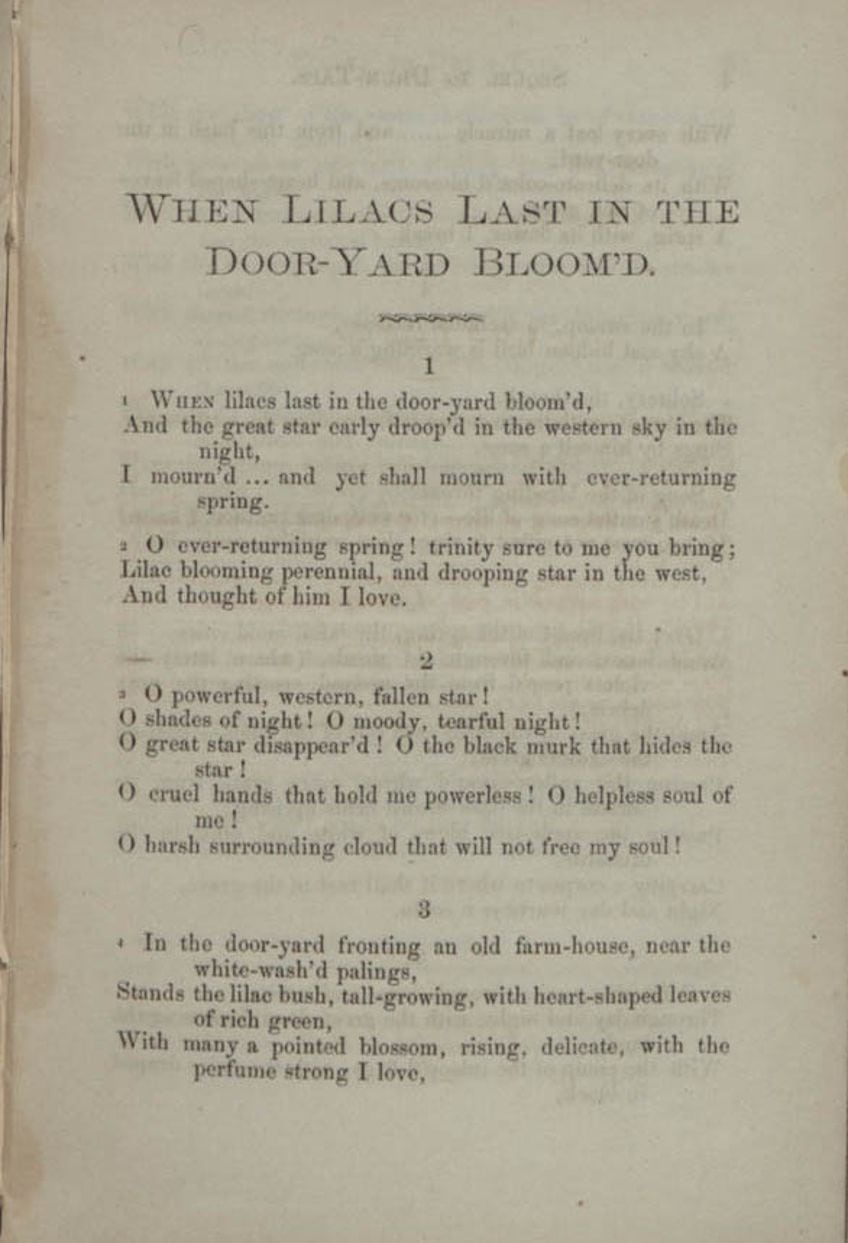
A Light exists in Spring (1891) by Emily Dickinson
| Date Published | 1891 |
| Type of Poem | Lyric poem |
| Rhyme Scheme | Variable |
| Meter | Iambic trimeter and tetrameter |
| Topic | Spring and hope |
A Light exists in Spring is an interesting poem because it is a poem by Emily Dickinson and one that is not immensely depressing and sad. The majority of her work was known for its immensely melancholic atmosphere, but this poem is instead focused on a sense of hope. The springtime brings with it a kind of light that provides a sense of renewal and rebirth. This is a rather common kind of theme to be explored in a spring poem, but one that we often very much understand. Spring is a season quite unlike the others, and it is not too hot or too cold, and everything blooms within it!
Perhaps this was even enough for Dickinson to write in a positive manner.
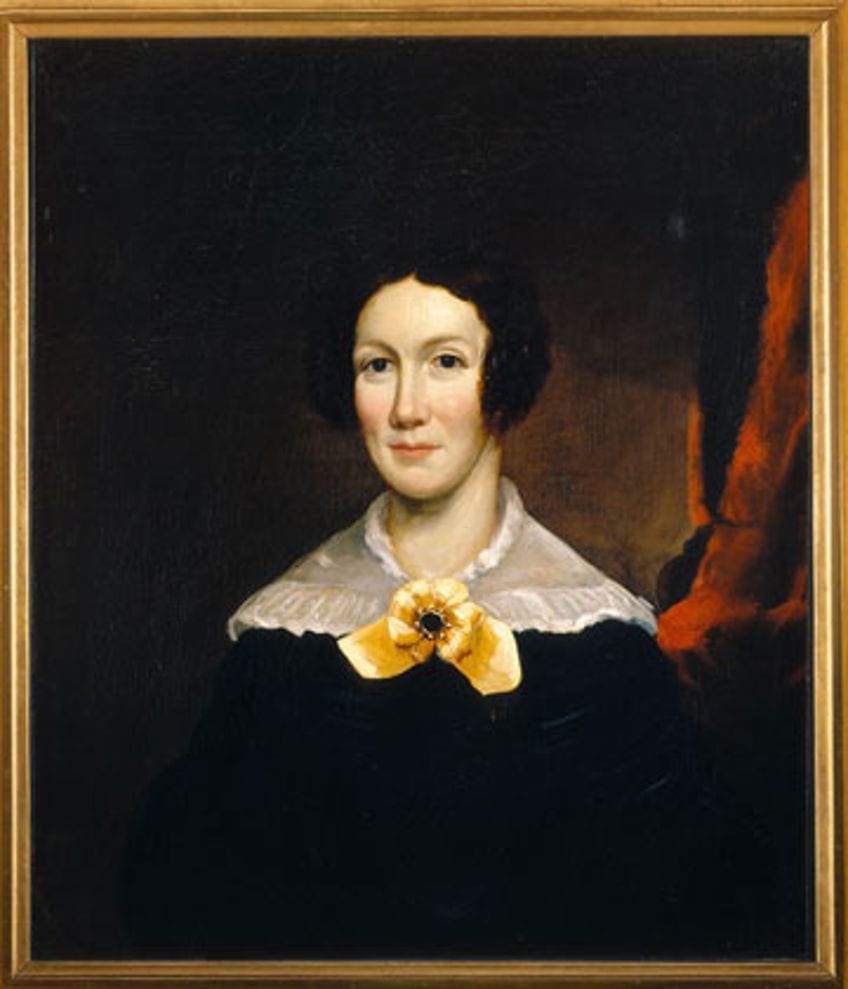
Young Spring Lambs (19th Century) by John Clare
| Date Published | 19th century |
| Type of Poem | Shakespearean sonnet |
| Rhyme Scheme | ABABCDCDEFEFGG |
| Meter | Iambic pentameter |
| Topic | Change in season |
Young Spring Lambs is a poem that both incorporates animal imagery as well as the setting of spring. This poem describes a number of lambs who enjoy their life in the springtime, and they play with one another, slump into the sun, or frolic about. The poem describes a number of different elements of spring in this countryside setting alongside the image of the lambs themselves, such as the broken-down hedges.
This poem wants to express a certain kind of springtime to us. It wants to show us the springtime in the countryside and what transpires within that idyllic landscape.

The Trees (1967) by Philip Larkin
| Date Published | 1967 |
| Type of Poem | Lyrical poem |
| Rhyme Scheme | ABBA |
| Meter | Iambic tetrameter |
| Topic | Arrival of spring |
The Trees is a poem that uses the image of spring as a means of symbolizing ideas of rebirth and renewal. This is a very common and rather typical way that spring poems can often be arranged. There is some level of grief on display too as there is the constant need to press forward and so there is the inevitable loss of time as we continuously trudge forward.
The poem describes aspects of spring, such as the way in which the leaves come in, and this serves to doubly discuss the season itself and the way that it comes to represent something deeper to us.

Today (2000) by Billy Collins
| Date Published | 2000 |
| Type of Poem | Free verse poem |
| Rhyme Scheme | None |
| Meter | None |
| Topic | A spring day |
Today is a phenomenal instance of the tradition of spring poems as it, in somewhat violent terms at times, describes the joy that is felt upon experiencing a good and beautiful spring day. The poet speaks of a perfect day in spring and how they wish to break through all the windows and doors of their home so that they can let the spring air in. This kind of euphoric response is another that one may find in some examples of spring poems because the changing of the seasons and the establishment of those that happen to suit us best can often evoke powerful emotions in us.

Oh, spring. The winter has come to an end and so there must be something to replace it. And we all have entirely different ways of gazing upon spring and understanding it. Each of the 10 poems above approached the topic of spring in some distinct way, and hopefully, at least some of those ways have been appealing to you. However, there are many other spring poems out there that you could find and enjoy if you were to search for them!
Frequently Asked Questions
What Are Poems About Spring?
This is a very broad question because a poem about spring is exactly that. Any poem that is, in any way, concerned with spring can be termed a spring poem. This means that a poem that explores spring as a theme, a setting, or in any other way is a spring poem. There are no real requirements on what does and does not constitute a spring poem other than that.
What Are the Characteristics of Poems About Spring?
There are not necessarily any specific characteristics necessary for a poem to be classified as a spring poem. However, many spring poems do tend to focus on ideas of what comes after winter, renewal and rebirth, the blossoming of life, and so on. However, none of these are strictly necessary. This fact does not mean that they will not be used though.
Is There a Specific Poetic Variety Used by Poets to Write About Spring?
There’s no specific type of poetry that poets favor when it comes to writing spring poems. A spring poem could be a sonnet or a free verse poem. It hardly matters. So, a spring poem’s only real requirement is that it, in some way, makes use of spring within it. However, there are no restrictions on how spring is used in a poem for it to count as a spring poem.
Which Poets Have Written Poems About Spring?
There are many poets who have written about spring. Some of the most prominent include writers such as William Shakespeare, Geoffrey Chaucer, William Blake, William Wordsworth, Walt Whitman, and Emily Dickinson. However, spring has been used in texts for centuries, and there are doubtless many more that are not listed here.
What Are Some Famous Poems About Spring?
When it comes to spring poems, there are many to choose from, such as Sonnet 98: From you have I been absent in the spring (1609) by William Shakespeare, Spring (1789) by William Blake, and A Light exists in Spring (1891) by Emily Dickinson. However, these few poems are hardly enough to encompass all the spring poems that have been produced. There are a lot of them in the world for anyone interested in poems about spring!
Justin van Huyssteen is a freelance writer, novelist, and academic originally from Cape Town, South Africa. At present, he has a bachelor’s degree in English and literary theory and an honor’s degree in literary theory. He is currently working towards his master’s degree in literary theory with a focus on animal studies, critical theory, and semiotics within literature. As a novelist and freelancer, he often writes under the pen name L.C. Lupus.
Justin’s preferred literary movements include modern and postmodern literature with literary fiction and genre fiction like sci-fi, post-apocalyptic, and horror being of particular interest. His academia extends to his interest in prose and narratology. He enjoys analyzing a variety of mediums through a literary lens, such as graphic novels, film, and video games.
Justin is working for artincontext.org as an author and content writer since 2022. He is responsible for all blog posts about architecture, literature and poetry.
Learn more about Justin van Huyssteen and the Art in Context Team.
Cite this Article
Justin, van Huyssteen, “Spring Poems – Celebrating the Birth of New Life With Poetry.” Art in Context. January 17, 2024. URL: https://artincontext.org/spring-poems/
van Huyssteen, J. (2024, 17 January). Spring Poems – Celebrating the Birth of New Life With Poetry. Art in Context. https://artincontext.org/spring-poems/
van Huyssteen, Justin. “Spring Poems – Celebrating the Birth of New Life With Poetry.” Art in Context, January 17, 2024. https://artincontext.org/spring-poems/.


